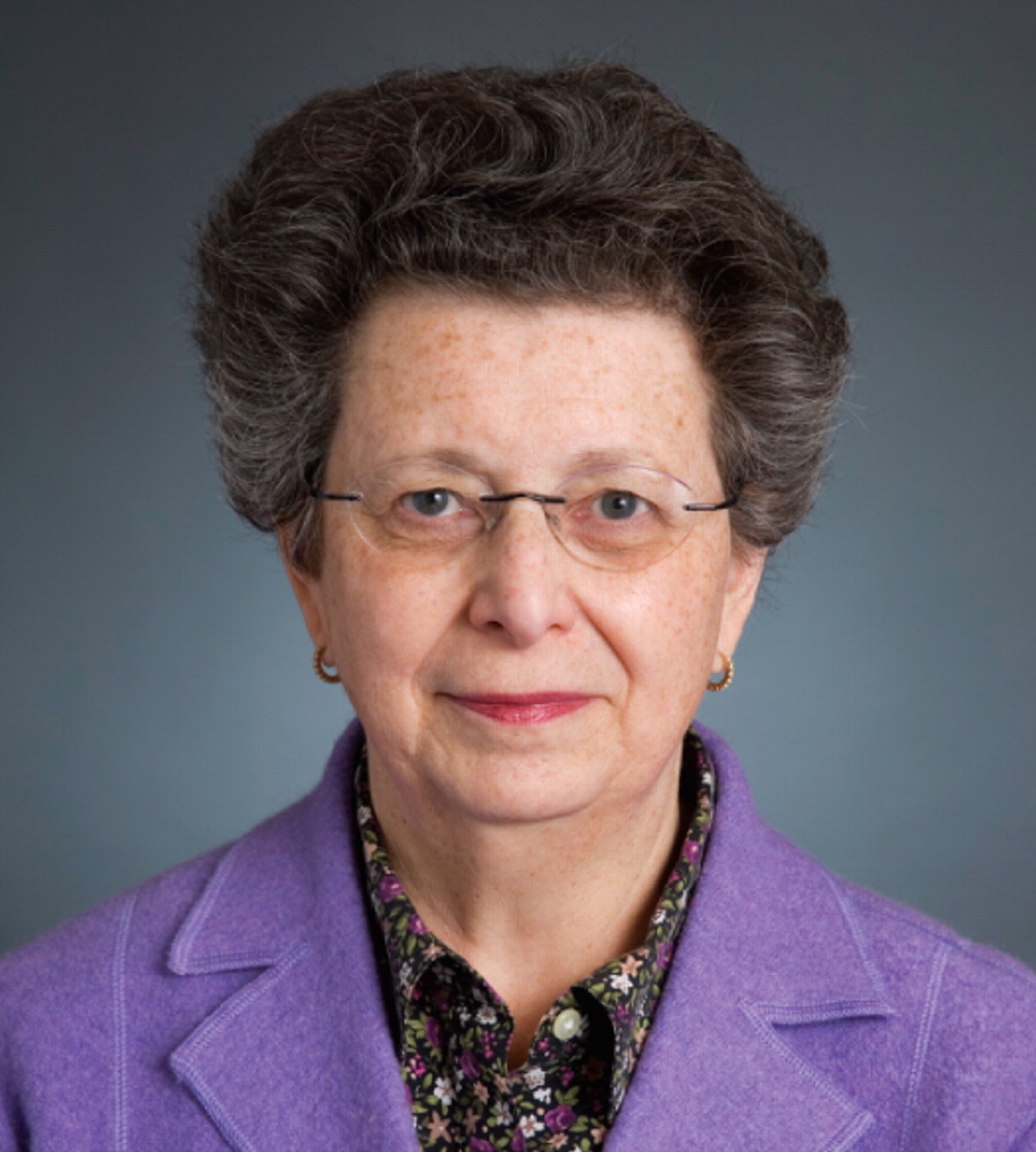The Myth of Abortion Trauma Syndrome: Update, 2007

©Sylvia Johnson Photography 2007
Within the past two years, bills advocating the funding of research and treatment of “post-abortion depression and psychosis” were introduced in the Senate and House of Representatives.
The Supreme Court's 5-4 decision about so-called “partial birth abortion” outlawed a procedure that the American College of Obstetricians and Gynecologists had testified was sometimes necessary to protect a woman's health and also asserted that abortion caused psychological damage to women. This was the first time the Court upheld a law forbidding a procedure that medical experts testified was sometimes necessary to protect the patient's health. To quote from the opinion: “While we find no reliable data to measure the phenomenon, it seems unexceptionable to conclude some women come to regret their choice to abort the infant life they once created and sustained. Severe depression and loss of esteem can follow” (550 U.S., pp. 28-29, 2007).
APA testified against the post-abortion bills, and the New York Times published the letter we wrote to protest the Supreme Court assertion. Why did we do that?
Abortion has been a reality through most of recorded history and in most societies. Women have risked fear, pain, ostracism, criminal prosecution, infertility, surgical complications, and death. They continue to do so. The World Health Organization reported that in 2005, around the world, there were 211 million pregnancies and 46 million abortions, of which 40 percent were unsafe, leading to 68,000 maternal deaths.
Before the Roe v. Wade decision in 1973, abortion was illegal in most parts of the United States, and psychiatric illness or vulnerability was a legal indication for the procedure. A psychiatrist would prepare a report stating that a woman's unwanted pregnancy was making her suicidal, and a physician could perform the procedure. There was no thought about the record of suicidality handicapping a woman when she sought health insurance or ran for elected office; the records were sealed, women got health insurance through their parents or husbands, and women didn't often run for elected office. Over time, despite the fact that psychiatry is an integral part of medicine, psychiatric threats to health or life were excluded as grounds for abortion.
Research into the psychiatric concomitants of abortion has always been colored by the context in which abortion occurs, whether accepted and accessible or illegal, dangerous, and stigmatized. Traditional psychoanalytic research focused on imputed unconscious motivations for the unwanted pregnancy and abortion. Little weight was accorded to the possibility of contraceptive failure, genuine lack of knowledge about the processes of reproduction, lack of access to contraceptive methods, and pregnancies conceived under physical or psychological duress. Epidemiologic researchers in Europe reported that children born after their mothers had been refused abortion did not fare as well as wanted children. This was part of the rationale for a series of APA positions, beginning in 1967, advocating against limitations on access to abortion.
Since that time, a growing body of empirical research has demonstrated that abortion does not cause psychiatric illness. Abortion often occurs under stressful circumstances, such as poverty, lack of social supports, abandonment, and ongoing mental illness, as well as in the face of ostracism, including antiabortion demonstrators at facilities where abortions are performed.
When the U.S. Supreme Court's Roe v. Wade decision legalized abortion in 1973, groups opposed to abortion on moral grounds began to strategize about how to reverse the decision. When moral arguments alone did not prevail, they looked for rationales that would prove more effective. They attempted to demonstrate that abortion caused surgical complications, infertility, or breast cancer. They argued that parents should be informed about and have the right to decide whether their underage daughters could have abortions and that a waiting period should be imposed before a request for abortion could be honored.
These arguments and many of the intervening publications failed to address the fact that the only alternative to terminating a pregnancy is to have a baby. The health risks of abortion must be compared with the demonstrably greater health risks of childbirth, and a young woman deemed too immature to decide to have an abortion will otherwise have to go through pregnancy, labor, giving birth, and assuming responsibility for a newborn infant.
There are two related precipitants for APA's recent advocacy efforts in this area. First, the assertions of psychological damage made by legislatures and the Supreme Court are contrary to the scientific evidence. Second, APA invests millions of dollars and years of expert deliberation to craft the titles and definitions of psychiatric diagnoses. “Abortion trauma syndrome” and “post-abortion psychosis” are inventions disguised to mimic those diagnoses, and they demean that careful process.
Whether or not one agrees with moral concerns about abortion, those concerns are legitimate and worthy of our highest respect. Co-opting psychiatric nomenclature and basing public policy on false assertions are not.▪



